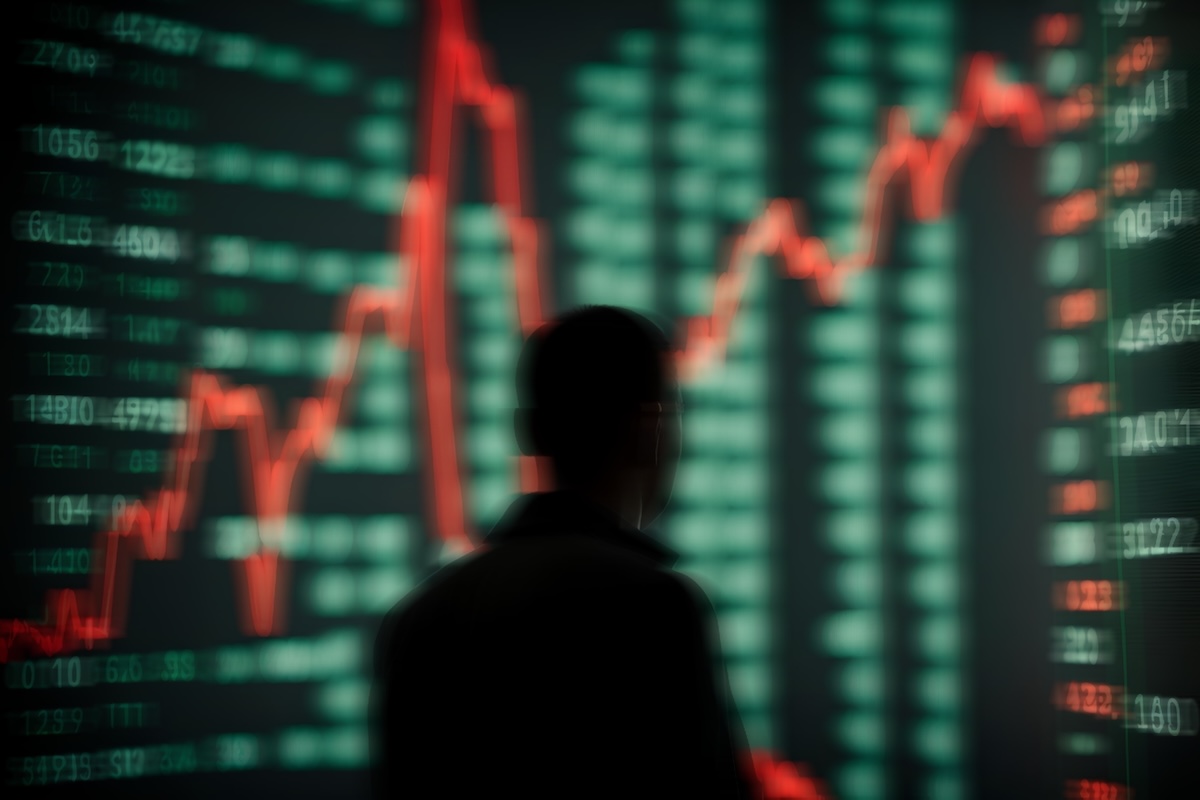
As technology stocks propel the S&P 500 toward record highs, analysts warn that the mix of heavy leverage and stretched valuations could make these levels hard to sustain.
With the S&P 500 Index bouncing nearly 30% from its April low, leverage has been “the biggest driver of this stock market rally,” wrote economist David Rosenberg.
“For the first time ever, margin debt has topped $1 trillion and has ballooned 25% over the past year,” he said, referring to Haver Analytics data on balances in customers’ securities margin accounts.
“Fully one-fifth of all the leverage supporting the stock market has been built up just in the past year alone; almost half of the outstanding margin debt has come in the past five years alone,” Rosenberg said.
Guess what the biggest driver of this stock market rally has been? Leverage. For the first time ever, margin debt has topped $1 trillion and has ballooned +25% over the past year. Fully one-fifth of all the leverage supporting the stock market has been built up just in the past… pic.twitter.com/2d9imzgWmF
undefined David Rosenberg (@EconguyRosie) August 13, 2025
This surge in margin-driven buying has helped push the S&P 500 technology sector to its highest valuation ever on a price-to-sales basis.
Its price-to-sales ratio now sits at 10x, well above the 2000 Dot-Com peak of roughly 7.8x, according to the market publication Global Markets Investor. Excluding technology, the average price-to-sales ratio across the index is closer to 3x.
⚠️ The history of financial markets has NEVER seen this before:
undefined Global Markets Investor (@GlobalMktObserv) August 13, 2025
The S&P 500 Technology Sector Price-to-Sales ratio hit 10x, the highest EVER.
Even at the 2000 Dot-Com Bubble peak, the ratio was ~7.8x.
By comparison, the median ex-tech P/S ratio is just 3x.
Holy cow. pic.twitter.com/JaHzCW9Pkz
The broader issue is that U.S. stock market gains in recent years have been concentrated in technology and communications. And even within tech, just a handful of giants dominate.
Investors shrug off valuation risks for now
Stretched technology valuations led to a broader debate about the sector’s outsized weight in the S&P 500. Goldman Sachs strategist David Kostin has warned that such overconcentration typically leads to much lower long-term returns.
That may not be the case in the short term. According to Bank of America survey data, 91% of institutional investors believe U.S. stocks are overvalued, yet they continue buying.
David Marlin, ex–wealth manager and founder of Marlin Capital, argues that there’s virtually no limit to how overvalued a market or sector can become before reversing.
He points to the “Magnificent Seven” — Apple (AAPL), Microsoft (MSFT), Alphabet (GOOG), Amazon (AMZN), Meta Platforms (META), Nvidia (NVDA), and Tesla (TSLA) — which now account for roughly 35% of the S&P 500’s market cap.
“For those who say Big Tech can’t possibly get any bigger," he says, "railroads were 63% of the U.S. stock market in 1881.”
The Mag 7 is currently ~35% of the SPX.
undefined David Marlin (@Marlin_Capital) August 9, 2025
For those who say Big Tech can't possibly get any bigger…
Railroads were 63% of the U.S. Stock Market in 1881.$NVDA $MSFT $META $GOOG $AAPL $TSLA $AMZN pic.twitter.com/mshtySwW9D
While the U.S. market was far smaller and less diversified 140 years ago, his point stands. Investor sentiment can sustain extreme trends far longer than most expect.
Your email address will not be published. Required fields are markedmarked